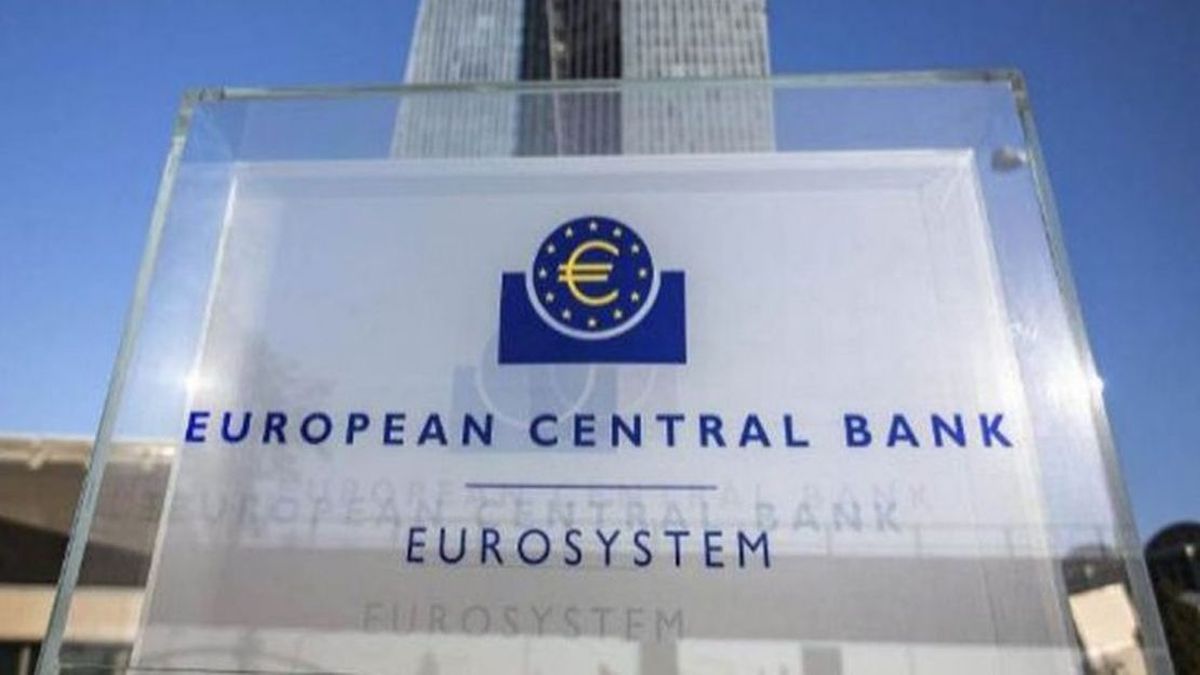He European Central Bank (ECB) maintained interest rates for the euro zone this Thursday, but stated that the slowing inflation It can open the door to monetary easing, and that encourages expectations of a cut in interest rates at the June meeting.
The European issuer maintained unchanged monetary policy for the fifth consecutive time and left the reference interest rate at 4%, its highest level since the launch of the euro in 1999. refinancing rate and the marginal loan rate remained at 4.50% and 4.75%, respectively.
If the “updated assessment” of the inflation outlook and the impact of monetary policy on the economy, “further reinforce confidence” in a sustainable convergence of price increases towards the 2% objective, the ECB would consider it “appropriate” to reduce restrictive monetary policy, stated the European issuer it’s a statement.
Inflation in the European Union
Inflation in the eurozone fell to 2.4% in year-on-year terms in March, 0.2 percentage points less than that recorded in February, approaching the central bank target.
He ECB He stressed that “the rise in wages is gradually slowing down and companies are absorbing part of the increased labor costs through its benefits.”
The previous increases in interest rates “continue to weigh on demand, which contributes to the moderation of the inflation“, declared the entity, which warned that internal pressures on prices remain strong.
The issuer’s governors launched a monetary contraction strategy to control the inflationary outbreak caused by the invasion of Russia against Ukraine in February 2022.
A change in rate policy
He ECB raised rates ten consecutive times since mid-2022 to control inflation, which in October 2022 reached a peak of 10.6%.
The Frankfurt-based issuer will wait for more indicators before deciding on its next meeting in Juneif the conditions for a rate cut are met.
He European Central Bank insists that its decisions depend on economic data and that the institution “is not committed in advance to a path for rates,” but many analysts expect that in June there will be a first rate cut.
“There is no change in policy, but the ECB officially opened the door to a rate cut in June“, indicated Capital Economics analysts.
The rise in rates hit the economy of the 20 countries in the euro zonehurting demand, as households and companies face rising credit and mortgage prices.
The countries in the area and the risk of a recession in 2023
Euro countries narrowly avoided a recession in the second half of 2023, and Germany, the locomotive of these economies, registered a languid performance. And the countries of the single currency ended the year with a slight expansion of 0.5%.
He ECB faces the same dilemma as others central banksstow the checks and balances to support growth, without harming progress in controlling inflation.
He Swiss National Bank began a cutting cycle last month, when it cut its rates by 0.25 percentage points, becoming the first of the large emitters to reverse the contractionary policy.
In United States, The Federal Reserve began the rate hike cycle before the ECB and has maintained the level of rates. The data from inflation in marchwhen a rise in consumer prices of 3.5% was recorded, above expectations, they buried expectations of a reduction in the next June Fed meeting.
Source: Ambito
I am a 24-year-old writer and journalist who has been working in the news industry for the past two years. I write primarily about market news, so if you’re looking for insights into what’s going on in the stock market or economic indicators, you’ve come to the right place. I also dabble in writing articles on lifestyle trends and pop culture news.




